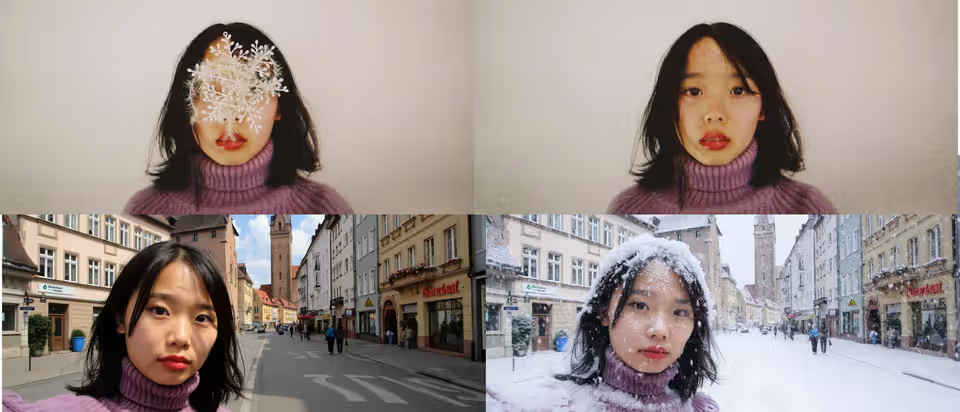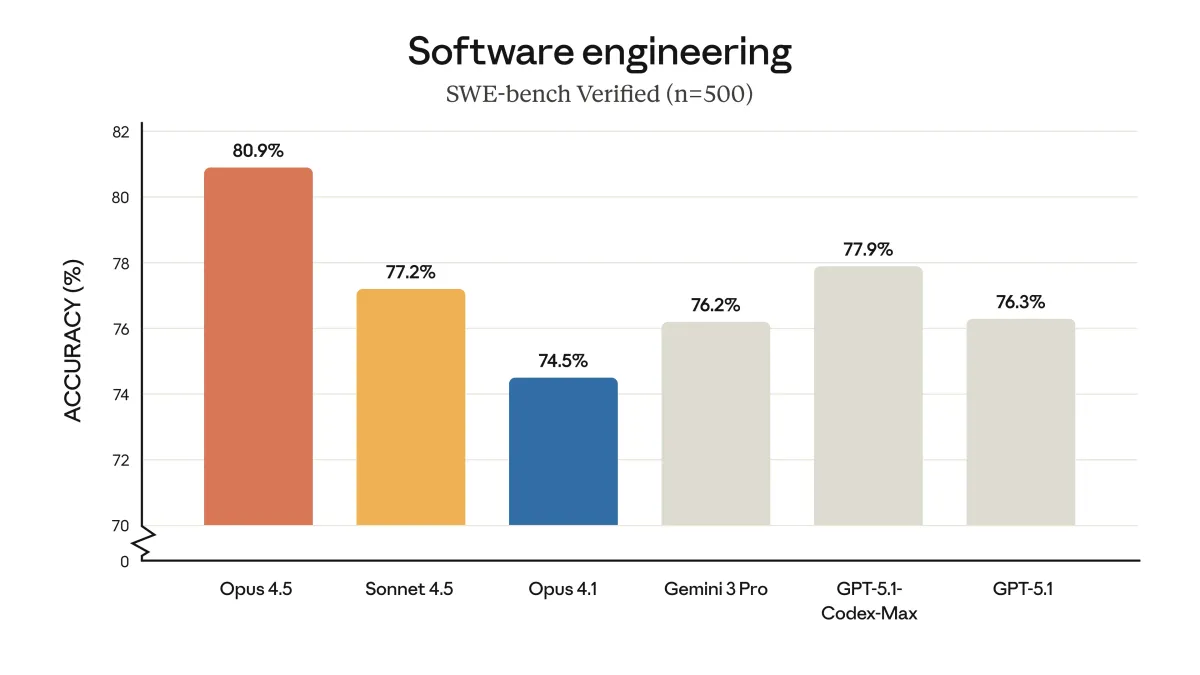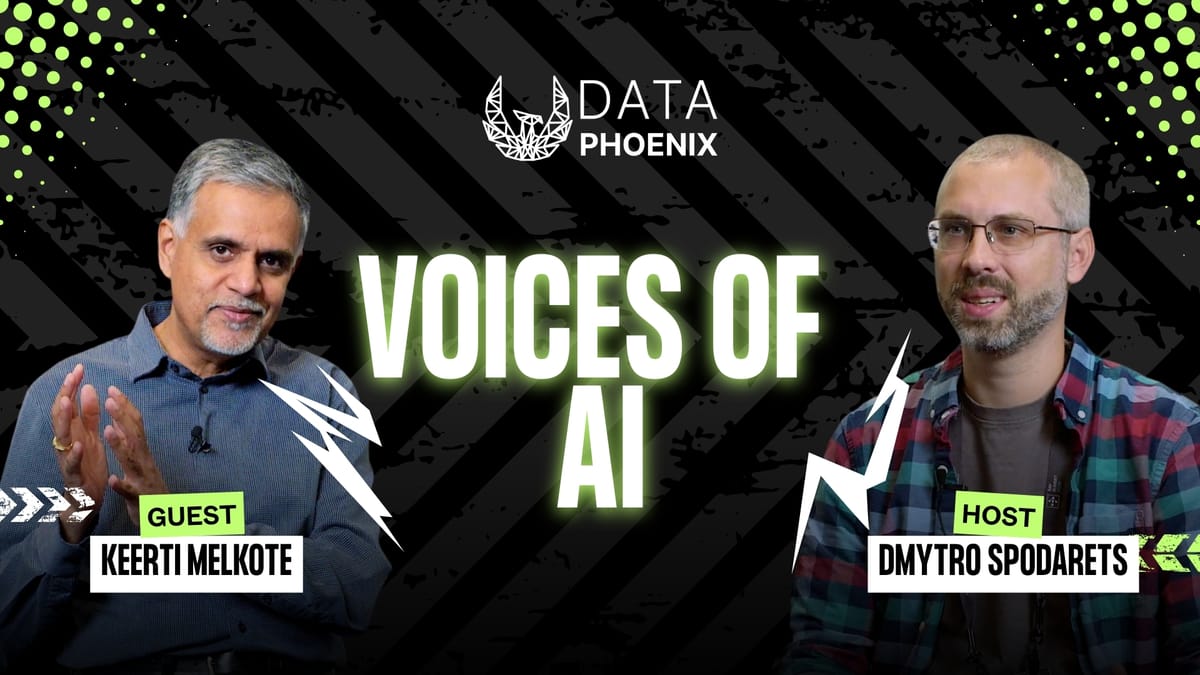Black Forest Labs has launched FLUX.1 Kontext, a groundbreaking suite of generative AI models that combines text-to-image generation with sophisticated real-time image editing capabilities, marking a significant evolution beyond traditional AI image generators.
Beyond Text-to-Image: Multimodal Generation and Editing
FLUX.1 Kontext accepts text and images as inputs, enabling users to modify existing images through simple text instructions. These models are reminiscent of Google's Whisk experiment, another AI tool that allows users to combine reference images with text prompts to generate new products. However, the FLUX.1 Kontext models seem more sophisticated, as they support iterative editing, allowing users to build upon previous modifications while maintaining character consistency and visual quality across multiple edits.
Key capabilities include:
- Character consistency: Preserving unique elements across different scenes and environments
- Local editing: Targeted modifications without affecting the entire image
- Style reference: Generating new scenes while maintaining specific artistic styles
- Interactive speed: Up to 8x faster inference than leading competitors
Three-Tier Model Suite
The release includes three variants:
- FLUX.1 Kontext [pro]: The flagship model optimizing speed and iterative editing capabilities
- FLUX.1 Kontext [max]: An experimental model with enhanced prompt adherence and typography
- FLUX.1 Kontext [dev]: A 12B open-weight model available in private beta for research use
Performance and Accessibility
According to Black Forest Labs' evaluation using their new KontextBench benchmark, FLUX.1 Kontext [pro] achieves top performance in text editing and character preservation while maintaining superior inference speeds compared to state-of-the-art competitors.
The models are available through multiple platforms, including KreaAI, Freepik, and infrastructure partners like FAL and Replicate. The company has also launched the FLUX Playground, a streamlined interface for testing capabilities without technical integration.
While the models show impressive capabilities, Black Forest Labs acknowledges limitations, including potential visual artifacts during extensive multi-turn editing sessions and occasional instruction-following failures.





Comments